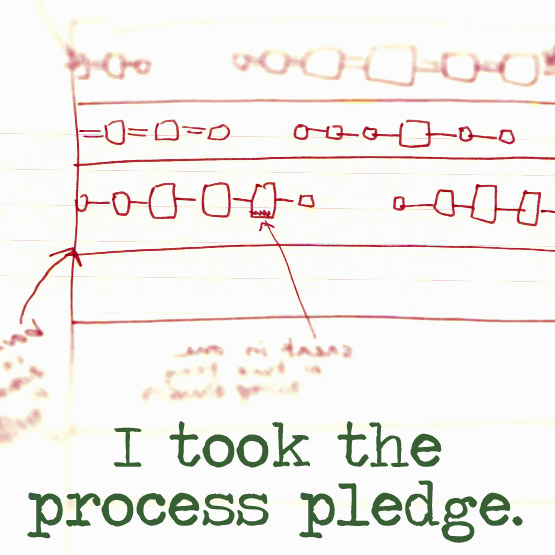Okay. Are you ready? Take a deep breath, and lets get started. There are a LOT of steps. So many, in fact, that I made a binder (and like I said last post - binders mean business) and have spent several mornings and afternoons going through documents, manuals, books, and paperwork to get a handle on everything.
.JPG) |
| My lovely study spot in Devou Park near the river overlook |
Agency Required Reading
Before we do anything, our agency requires that we read their manual. Its basically an overview of the process, an explanation of their specific policies and ways of work, and information about adoption, birth families, and adoptive parents in general. The manual is very detailed and quite informative. Both Randy and I have read it and plan to refer back to it throughout our process.
Adoption Plan
Once we've read the manual we are free to start making our adoption plan. This will include everything from the budget we set for our adoption costs to how open of an adoption we are comfortable with to what races of children we are open to parenting. It also includes considerations about birth parents family medical histories, and whether we are comfortable with special needs or with drug exposed newborns. Its a great tool (our agency provides it as an online questionnaire so we don't have to think up all these scenarios on our own) that helps to create matches that are less likely to disrupt. Having a plan and having discussed and considered everything before hand reduces the likelihood of having to make hard decisions on the spot or getting into situations that we aren't comfortable with or ready for. It forces us to really examine what will work best for our family and it helps the future birth parents to feel more comfortable that we are a good fit for their baby.
Home Study
The often dreaded and feared home study is a huge chunk of preparing for an adoption. It entails much more than just having a social worker tour your house looking for safety hazards. It involves gathering documents such as birth certificates, marriage license, and tax returns as well as getting background checks and FBI fingerprints. It means filling out pages and pages of questions about your marriage, child-rearing plans, your own childhood, and your mental health. It requires a trip to the doctor for certification that you are in good health and documentation of your financial standings, including a tallying up of your assets. It also involves interviews with the case specialist and finally, the tour of your home to ensure safety and cleanliness. I never thought I would be intimidated about the home study but the prospects of its approach are beginning to fray my nerves the slightest bit. Our adoption agency does home studies in certain states, but ours is not one of them so we are charged with signing on with a local agency to complete our study. We are also encouraged to start this as soon as possible, because this is the step that often takes the longest.
Adoptive Family Profile
Adoptions a few decades ago were handled much differently than they are today. They were mostly closed, meaning that the birth parents and adoptive families never met or knew anything about each other. The agency made the matches and the records were sealed. Today, birth parents have a primary role in choosing the adoptive family they want for their baby. Birth parents (usually mothers) are shown profiles of available families who the agency things might be a good fit considering all the variables in her situation. These profiles in the past and still at most agencies were/are basically scrapbooks in which the prospective adoptive parents place photos and stories about themselves to try and paint a picture for the birth mother of what their child's life would be like were she to choose them.








.JPG)







No comments:
Post a Comment